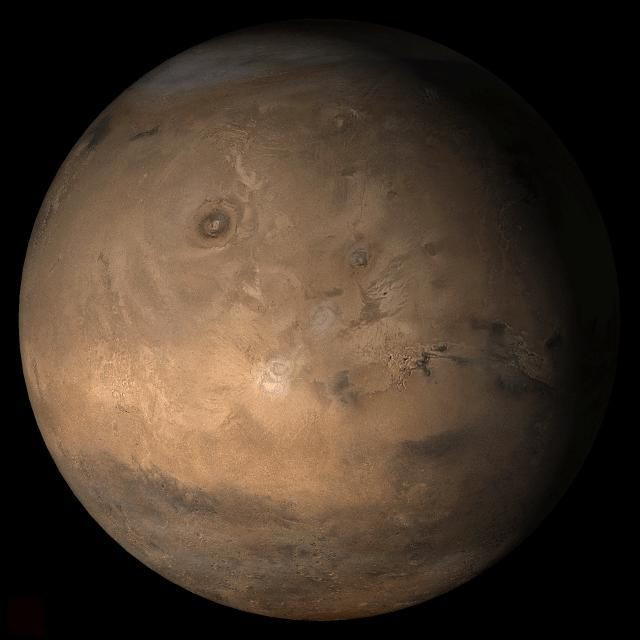Mars Environment Replicated For ‘Martian Chamber,’ Scientist Finds Life Thriving

KEY POINTS
- A scientist created a Martian Chamber to replicate Mars' environment
- Earth-based living organisms thrive inside the Martian Chamber
- The Martian Chamber suggests the possible existence of life on Mars
A scientist made a surprising breakthrough after replicating the environmental conditions of Mars for his Martian Chamber invention. According to the scientist, the chamber can fully support life.
The intriguing invention was developed by Dr. Jean-Pierre Paul De Vera of the German Spatial Research Center in Berlin. Details of his achievement were presented through Amazon Prime’s innovation-based program “Tomorrow’s World Today.”
According to De Vera, the Martian Chamber is an exact representation of Mars’ conditions. For his invention, the scientist recreated the various factors that characterize the Red Planet such as its atmospheric pressure, temperature, chemical composition and even its ultraviolet rays. De Vera said he created the chamber in order to study and test the possible living conditions on Mars.
In a previous experiment, De Vera introduced a type of free-living and photosynthetic organism known as cyanobacteria to the Martian Chamber. To the scientist’s surprise, the bacteria not only survived in Mars-like conditions but it also thrived for several weeks.
For a follow-up experiment, De Vera used a more complex microorganism from Antarctica. Just like the cyanobacteria, the new microorganisms also thrived in the Martian Chamber.
According to De Vera, the initial implications of his experiments with the Martian Chamber indicate that it is possible for life to thrive on Mars despite its conditions. This is certainly good news for missions that are focused on finding traces of alien life on the Red Planet.
More importantly, De Vera’s findings suggest that it is possible for organisms from Earth to survive and thrive on Mars. This could serve as a basic concept for the establishment of a possible human colony on the Red Planet.
“From what we’ve seen, the results we’ve had, it would be possible to find life there, or terrestrial life, microorganisms could survive on Mars,” he said on the program, according to Interesting Engineering.
“It’s impressive, we never imagined these results, especially with more complex organisms,” he added. “They are not bacteria, they’re organisms, which use photosynthesis. Life is possible on Mars, and Mars can be a habitat for organisms that live on Earth.”
© Copyright IBTimes 2025. All rights reserved.





















